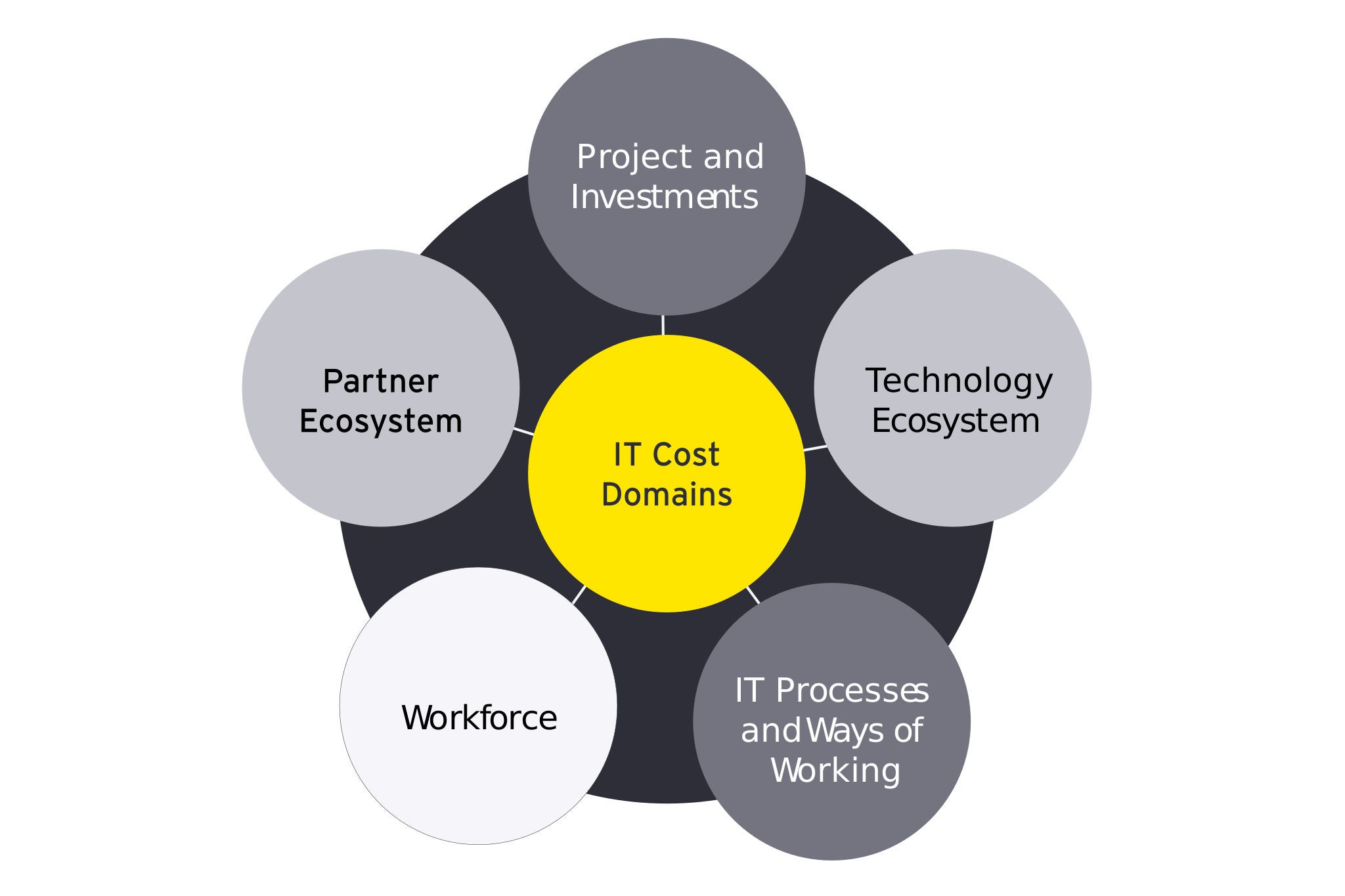EY refers to the global organization, and may refer to one or more, of the member firms of Ernst & Young Global Limited, each of which is a separate legal entity. Ernst & Young Global Limited, a UK company limited by guarantee, does not provide services to clients.
How EY can help
-
Our Organization and Workforce Transformation solution can help build workforce capabilities needed to realize organizational strategy. Read more.
Read more
5. Workforce
An engaged and dynamic workforce is a key aspect that is critical to any IT organization’s success. Many organizations struggle to execute on their strategy because they fail to align their workforce with their key objectives. Their greatest challenge is that they lack the ability to put the right person in the right place at the right time and for the right cost.
Optimizing the workforce is also perceived as a lever that can be used to reduce costs significantly and rapidly. Workforce-related cost reduction has solely been condensed to headcount reduction too many times. Today, this should no longer be the case, as there are new ways to achieve greater output and improved efficiency within a given workforce. The key to success is for an organization to match the right skill sets with the greatest needs or highest priorities — and not just today’s but tomorrow’s too.
Organizations should seek less generic and more specified skill sets for their future hires. It is crucial for leaders to define the core skill sets they require for each role within their organization. Core skill sets should be found in full-time employees, while non-core skill sets can be supplied through outsourcing and strategic partners.
Today's workforce has greater location flexibility than ever before thanks to the growing adoption of remote work and hybrid working models. These factors should help organizations find prospective employees that have the right skill sets more easily. However, employers are facing new challenges every day in the race for talent. First, organizations everywhere are facing a talent shortage of highly skilled workers. To combat this, employers must be prepared to not only hire workers with the right skills, but also to train and develop their team members once they are onboarded. The second major challenge is that today’s workforce is asking for more meaning from their employer. Members of the workforce are seeking a deeper meaning of their contributions to the organization. As such, it is vital to create an experience where individual employees are actively engaged in the greater role of their job duties. Truly investing in the workforce’s career journey can show a significant, positive return in output and employee retention.
The final stage of optimizing the workforce is to ensure these in-demand skill sets are available at the right time for the organization. Capacity planning is key to solving this challenge. Organizations must plan their projects and timelines to allow for the right people to be available as soon as their skills are needed. Maximizing production and reducing resource-related delays are excellent workforce cost-saving measures.
Workforce cost optimization is not, and should not be, headcount reduction; rather, it should leverage the following methods to improve overall profitability and efficiency:






